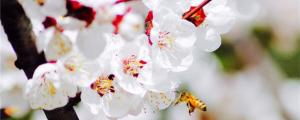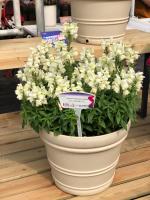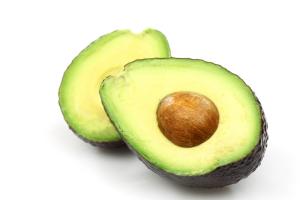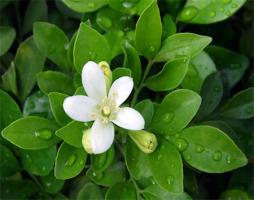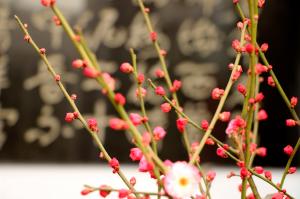Do Newly Planted Trees Need Stakes or Guy Wires?
One of the most important things to consider when planting a new tree is whether or not it needs support. Trees can be susceptible to wind damage and can be uprooted if not properly staked or anchored. But does every newly planted tree need stakes or guy wires? Let's take a closer look.
When to Stake a Newly Planted Tree
Staking a newly planted tree can help ensure that it establishes a strong root system and stays upright during high winds. However, not every tree needs to be staked. Generally, only trees with a weak root system or in high-risk areas need to be staked. For example, trees planted in windy locations, on slopes, or in areas with soft soil may need to be staked. Similarly, younger trees or those with a smaller root ball may benefit from staking during their establishment phase.
How to Stake a Newly Planted Tree
If you do decide to stake your newly planted tree, it's important to do it properly. Improper staking can do more harm than good, including restricting root growth and causing bark damage. The following steps can help you stake your tree correctly:
Use two or three stakes placed outside the root ball.
Tie the tree to the stakes using a soft material such as a tree strap or rubber hose. Avoid using wire or rope, which can damage the bark of the tree.
Make sure the ties are tight enough to support the tree, but not so tight that they restrict its movement.
Check the stakes and ties regularly, loosening them as the tree grows in size and strength.
When to Use Guy Wires
In some cases, you may need to use guy wires in addition to stakes to provide additional support for your tree. Guy wires extend from the top of the tree to stakes in the ground, providing lateral stability that can prevent toppling. Trees with a high canopy or those planted in areas with a lot of wind may benefit from the added support of guy wires.
How to Use Guy Wires
Using guy wires properly is crucial to the health and stability of your tree. Here are some tips to keep in mind:
Use two or three guy wires evenly spaced around the tree.
Attach the guy wires to the trunk using a rubber hose or similar material to prevent damage to the bark.
Attach the wires to stakes in the ground at an angle of 45 degrees, making sure they are taut but not overly tight.
Check the wires periodically to ensure that they are not rubbing against the bark or restricting the tree's growth.
Ultimately, the decision to stake or use guy wires on a newly planted tree depends on a variety of factors, including the tree species, site conditions, and the tree's overall health. When in doubt, consult with a qualified arborist or tree care professional to get professional advice and ensure your tree gets the support it needs to thrive for many years to come.

 how many times do yo...
how many times do yo... how many planted tre...
how many planted tre... how many pine trees ...
how many pine trees ... how many pecan trees...
how many pecan trees... how many plants comp...
how many plants comp... how many plants can ...
how many plants can ... how many plants and ...
how many plants and ... how many pepper plan...
how many pepper plan...
